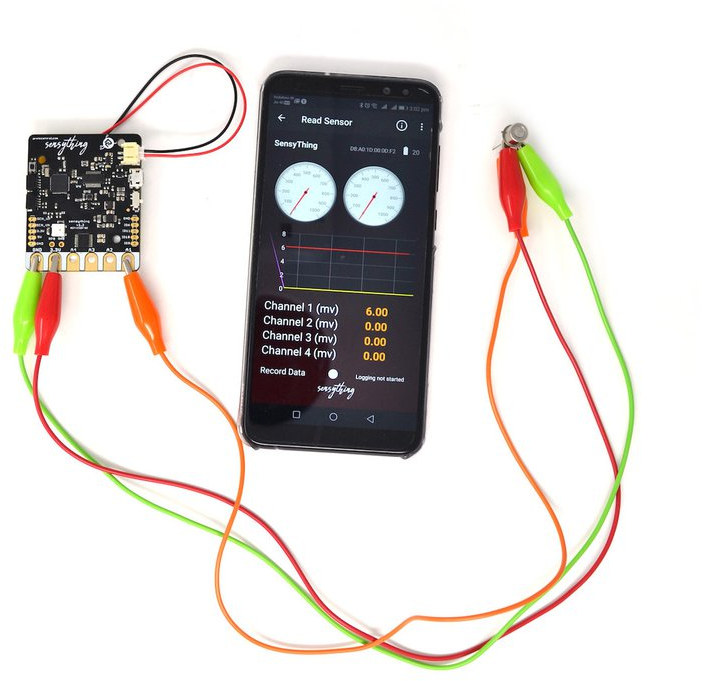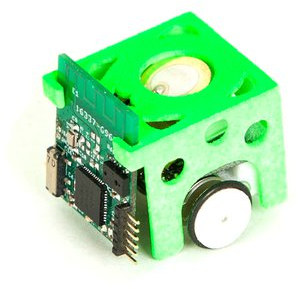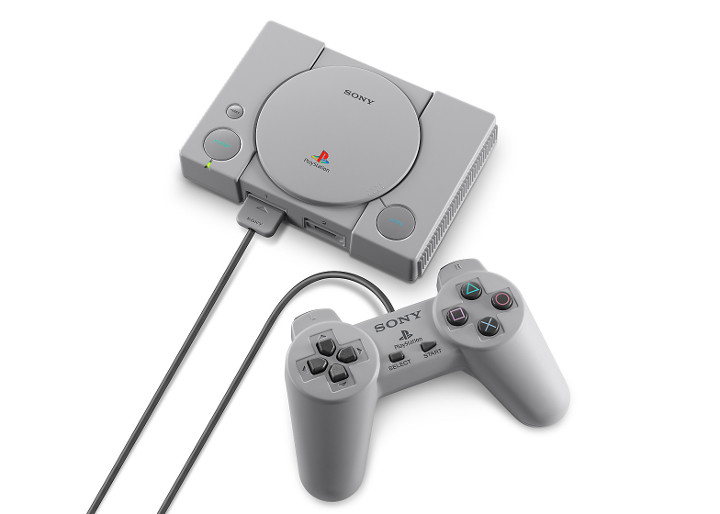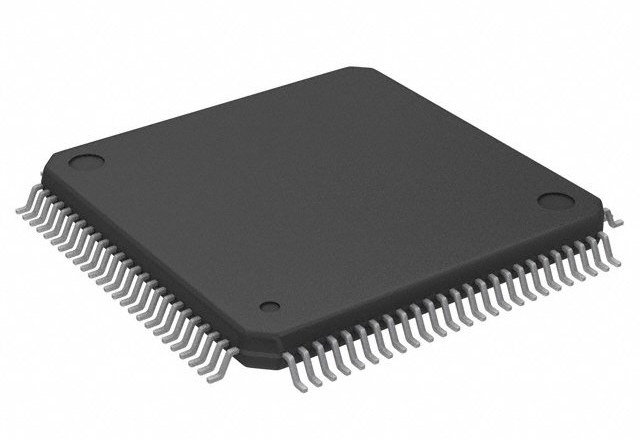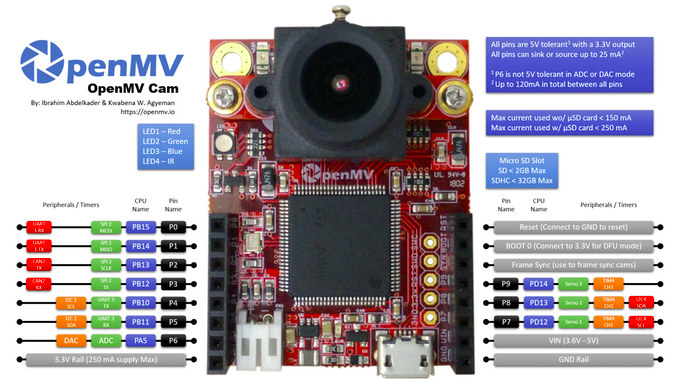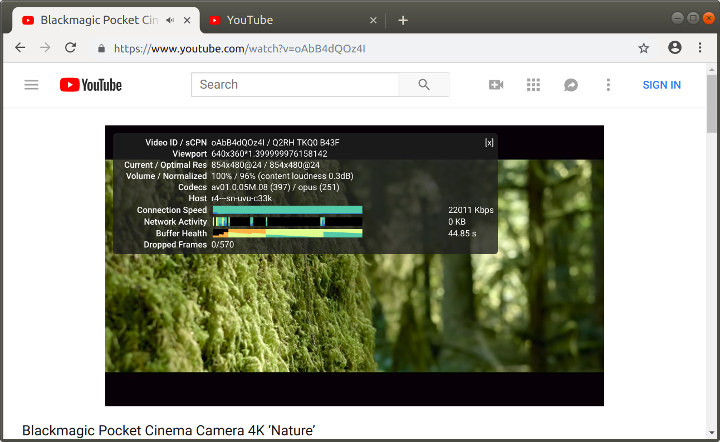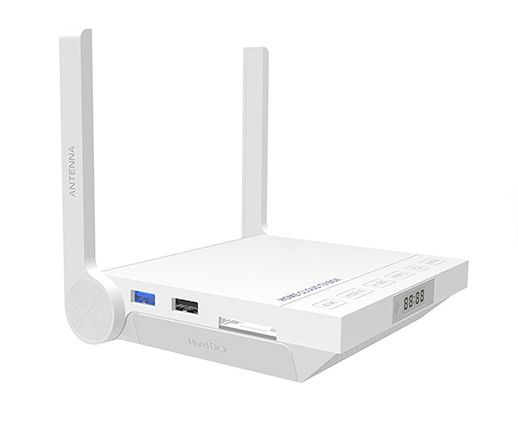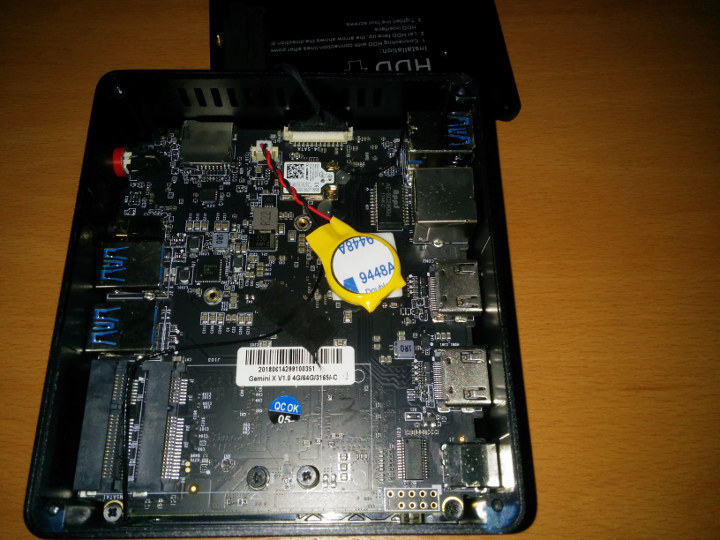We’ve previously covered to health related boards from Protocentral with HealthPi Raspberry Pi HAT measuring vitals signs, and HeartyPatch open source ECG patch powered by an ESP32 WiSoC. Today, I’ll write about another of their board – Sensything -, not directly related to health applications, but designed for multiple sensor’s analog and digital (I2C, GPIO) data acquisition, and designed around Espressif Systems ESP32 WiFi & Bluetooth SoC. Sensything specifications: SiP- Espressif Systems ESP32-PICO-D4 system-in-package with 4MB Flash, Texas Instruments ADS1220 ADC Wireless Connectivity 2.4 GHz WiFi with on-board PCB antenna, support for Station and Access Point (AP) modes Bluetooth 4.2 / Bluetooth Low Energy (BLE) USB – 1x micro USB port with FT230X (USB-CDC) Expansion I/O: Board-edge alligator clip compatible analog input connectors 2x Sparkfun Qwiic-compatible I2C ports 4x general-purpose I/O pins Analog Input details 4 channels single-ended, 2-channel fully differential Full-scale input range: ± 2.048 V to ± 0.016 […]
Skoobot is a Tiny Robot with BLE Connectivity and Sensors (Crowdfunding)
If you want to get started with robotics either for yourself, or maybe teach children, Skoobot robot could be an interesting option. It’s extra small with a 2.5 cm cubic shape, support Bluetooth Low Energy, and includes some sensors like ST VL6180 distance and ambient light sensor, and a microphone. Skoobot hardware specifications: MCU – Nordic Semi nRF52832 Arm Cortex M4F microcontroller with 512KB flash, 64KB SRAM Connectivity – Bluetooth Low Energy (built into nRF52832) Sensors ST VL6180X distance sensor (0 to 10 cm range) and ambient light level sensors Knowles microphone for word and beep recognition Two motors and wheels Misc – Buzzer Battery – Yes (no capacity specified) Dimensions – 2.5 x 2.5 x 2.5 cm A separate companion board is also provided to handle charging, UART and J-Link mode debugging and programming. The robot can be controlled from an Android app, or a Raspberry Pi board using […]
Sony PlayStation Classic To Launch for $99.99 in December
Nintendo started to offer smaller replica of their older popular games consoles with Nintendo NES Classic Edition in 2016, followed by Nintendo SNES Classic Edition in 2017. Both devices came with recent interfaces like HDMI, a limited (and fixed) number of games, but being powered by Allwinner R16 SoC they soon became hackable. Both game consoles also became very popular selling in millions despite the underwhelming hardware, and limited games. Another company that has been doing game console for many year is Sony, and they must have liked Nintendo’s idea and sales numbers, as they’ve just unveiled Sony PlayStation Classic, a smaller replica of the original PlayStation with a limited number of games, and modern interfaces such as HDMI and USB… Sony PlayStation Classic specifications have not been fully disclosed but we can see two USB ports for the game controllers, an HDMI output port, and power, open, and reset […]
Retro-uC Open Source MCU Brings ZX Spectrum, Commodore 64 Back to Life (Crowdfunding)
If you’ve started your computing experience in the early eighties, you’ve probably used a ZX Spectrum, Commodore 64, and/or Atari ST home computers. Those products are long gone, except for collectors, but thanks to chips4makers project’s Zilog Z80, MOS 6502, and Motorola M68K cores are coming back to life via Retro-uC open source microcontroller. As a bonus, developers also worked on Retrino, a board following Arduino Mega form factor, and featuring Retro-uC MCU, as well as Retro-uC ProtoPlus with the chip fitted to a large Perf+ 2 style prototyping board, and Retro-uC Breadboard which can be inserted into a standard breadboard. Retro-uC Microcontroller Retro-uC specifications: Open source microcontroller with a Z80, MOS 6502 and Motorola 68000 core 4 kB of on-chip RAM 72x 5V digital general purpose I/O pins JTAG interface for programming the device Optionally bootable from external I2C flash memory I/O pins that can select the enabled core […]
OpenMV Cam H7 MicroPython Machine Vision Camera Launched on Kickstarter
OpenMV team has launched an upgrade to their popular OpenMV CAM M7 machine vision camera, with OpenMV CAM H7 replacing the STMicro STM32F7 micro-controller by a more powerful STM32H7 MCU clocked at up to 400 MHz. Beside having twice the processing power, the new camera board also features removable camera modules for thermal vision and global shutter support. OpenMV CAM H7 camera board specifications: MCU – STMicro STM32H743VI Arm Cortex M7 microcontroller @ up to 400 MHz with 1MB RAM, 2MB flash. External Storage – micro SD card socket supporting up to 100 Mbps read/write to record videos and store machine vision assets. Camera modules Omnivision OV7725 image sensor (default) capable of taking 640×480 8-bit Grayscale / 16-bit RGB565 images at 60 FPS when the resolution is above 320×240 and 120 FPS when it is below; 2.8mm lens on a standard M12 lens mount Optional Global Shutter camera module to capture […]
AV1 Video Samples Now Available on YouTube & Netflix
We first covered AV1 royalty-free, open source video codec in 2016, which with backing from companies like Google, Amazon, Intel, Microsoft, and many others with the aim to compete with H.265, and lower the cost of delivering video both thanks to a better compression ratio, and the lack of royalties. Since then progress has been made, with AV1 specifications released last March, and now both YouTube and Netflix are offering some beta AV1 video samples for testing. If you want to play some videos in AV1 format in YouTube as I did in the screenshot above, you’d need to install a very recent (beta) version of Chrome or Firefox, follow the other instructions as explained in YouTube’s AV1 beta playlist: Support for AV1 in MP4 within Media Source is available in Chrome 70, and Firefox 63 builds newer than September 13 with the media.av1.enabled pref set. Using a supported browser […]
LAKE I Home Cloud TV Box with HDMI Input Goes for $54 (Promo)
We’ve previously covered LAKE I Home Cloud as one of the cheapest TV boxes based on Realtek RTD1295 processor, and featuring HDMI input for video recording and/or streaming video from an external source up to 1080p60, as well as an SATA bay for 2.5″ drives. A reader has just informed me the device was now available for an even cheaper price, as it is offered for just $53.99 + shipping on GearBest. The specifications are pretty standard for an RTD1295 media center: SoC – Realtek RTD1295 quad core Cortex A53 processor with ARM Mali-T820 MP3 GPU System Memory – 2GB DDR4 Storage – 16GB eMMC 5.1 flash + SD card slot up to 128 GB + SATA hard disk bay for 2.5″ drives with 9.5mm / 7.5mm thickness Video I/O – HDMI 2.0a output, and HDMI input (recording and streaming up to 1080p @ 60 Hz) Audio I/O – HDMI […]
Beelink X45 Mini PC Review with Windows 10 and Ubuntu 16.04/18.04
The Beelink X45 mini PC is now available, and Lightinthebox.com have provided a unit for review. It is very similar in style to Intel’s latest NUC Windows mini PC, the NUC7CJYSAL reviewed earlier. However it contains an Intel Celeron Processor J4105 SoC which is a quad core processor bursting up to 2.50 GHz together with the Intel UHD Graphics 600 processor that is capable of 4K support at 60Hz. It is physically small consisting of an approximately 4.5″ by 4” case about 1¾” tall with a front panel that includes the power button and a couple of USB ports and a headphone jack with the rest of the ports including two HDMI (2.0) ones at the rear: The specifications include: A key point to note is the Beelink X45 comes with 64GB eMMC with pre-installed Windows 10 Home together with 4GB DDR4 RAM (soldered and is non-expandable) with space and […]


